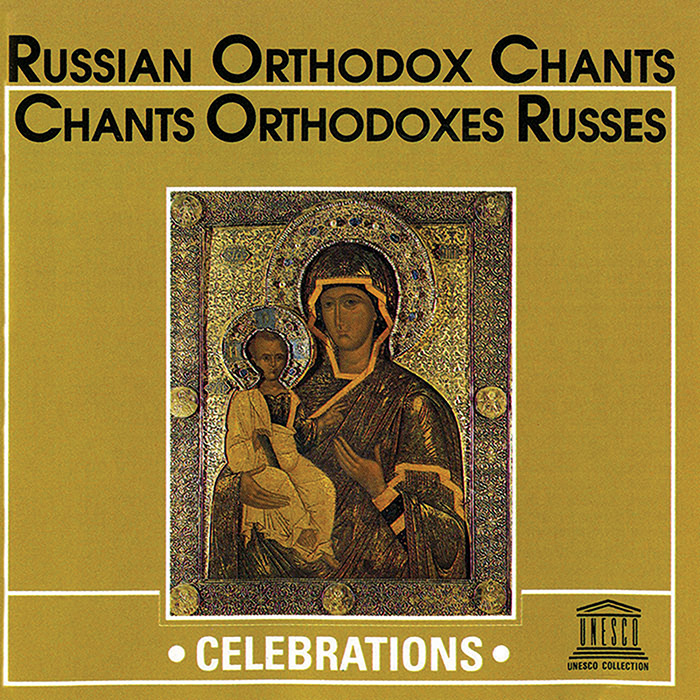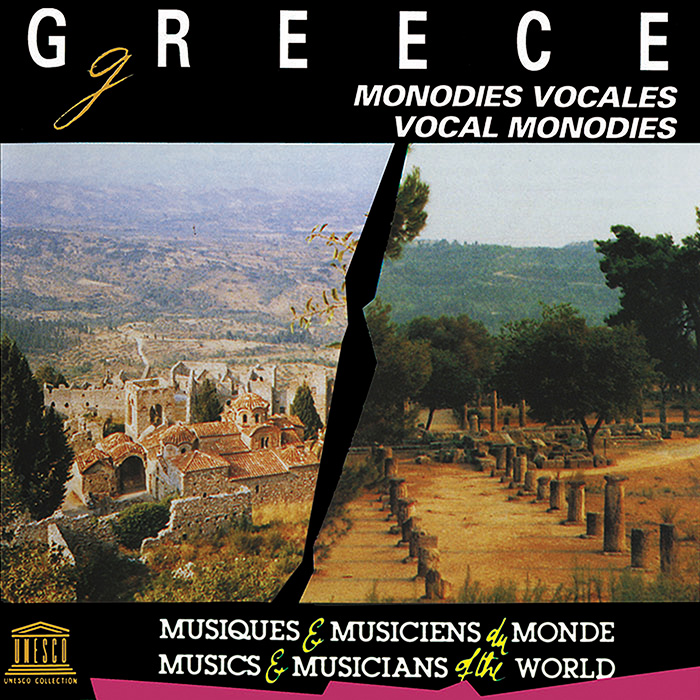-
UNESCO Collection Week 30: Homophone Monodies and Polyphonies
This week’s previously unreleased UNESCO recording Russian Orthodox Chants marks the 500th anniversary of Moscow’s conquest of Smolensk with recordings from the Novodevichy Convent, founded in 1524 by Grand Duke Vasili III to celebrate this victory. Greece: Vocal Monodies, featuring stylistic influences dating to the Byzantine era (330-1453 AD), complements the centuries-old Russian songs.
GUEST BLOG
by Maria Hnaraki
Russian polyphonies and Greek monodies (usually a solo vocal style followed by a melodic line and instrumental accompaniment) are traditions located at the crossroads of Europe and Asia and speak for the deep power of the human soul. Thus, I explore them in order to meditate on immortality through their harmonized, liturgical chorales and heavily ornamented singing.
In Russian Orthodox Chants, a celebratory tone is prominent, whereas Greece: Vocal Monodies clearly portrays sorrow through the use of minor keys. For both albums, words are the weapon for preserving life and fighting death by transforming chanting and singing into a unique instrument that allows us to voice our opinion and be heard.The covers of the albums depict heritage sites such as ancient Greek temples, Byzantine churches, and sacred icons. These images and the music they represent romantically allude to a past which is now challenged as technology and globalization continue to blur the lines between national and borrowed traditions. Because of this challenge, the music can be interpreted as forming the basis of the cultures it represents, carrying on the traditions, beliefs, and legends of one’s land with grandiloquence and resilience. At the same time, this contrast of traditional styles and shared ideas is highlighted by the dual sides of oral tradition: historical continuity and renewed creativity.>These recordings illustrate the orthodox style of polyphonic singing and the Greek form of monody. Here, the strictness of the religious polyphony stands in opposition to the freedom of the vocal monody, implying that the traditions differ in their view of the relationship between humankind and creation. Through the Russian chants, God stands upright, imposing his will. Through the Greek songs, nature appears to be ruled by humankind’s will. In both cases, humanity is at the center, fighting the inescapable, while trying to negotiate as well as accept the boundaries between the world of the living and the “asleep.”1
It sounds like both the Russian and Greek musicians are conscientiously returning to their roots, using musical expression as a means of doing so. To me, both ensembles seek to use music as a means of communication between eternal and contemporary beliefs, connecting the immediacy of their experiences with their cultural memories. Such a soundscape is perhaps constructed as a way to explore issues of identity in relation to a shared past. This allows for a harmonious dialogue in the present, with echoes of a common future.
Today, amidst an economically and politically turbulent era for both nations, traditional cultural expressions are constantly being challenged. Does music have the power to bring to life and evoke nostalgia for places? Can group chanting and singing keep the past alive, through to the present? And to what end? Perhaps because, within societies that are destroyed over and over again, and which remain fields of sacrifice and struggle, the creative impetus, including these connective music traditions is, after all, one of the healthiest aspects to be found in the culture of a nation.
Maria Hnaraki, PhD
Director of Greek Studies; Associate Teaching Professor
Drexel University1 The word “cemetery” derives from the Greek “keimai” which means “to sleep.”
UNESCO Collection Week 30: Homophone Monodies and Polyphonies | Smithsonian Folkways Recordings



